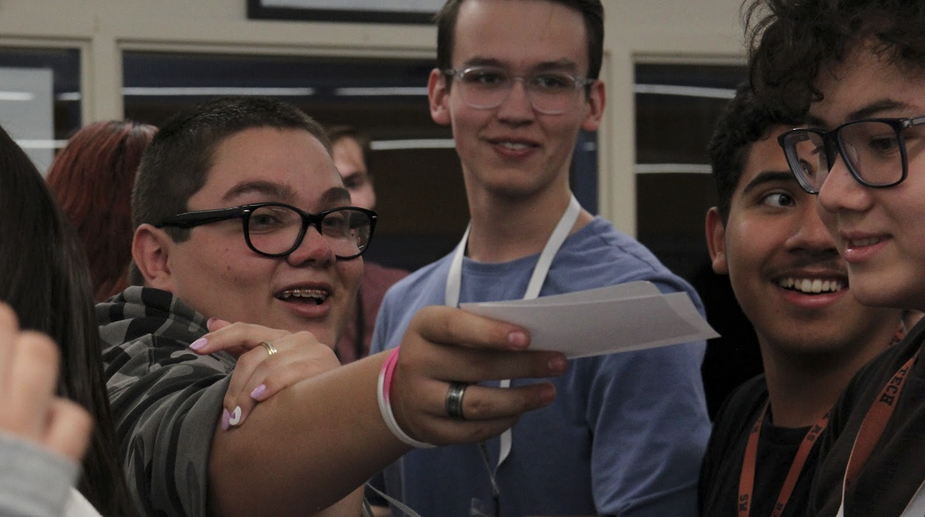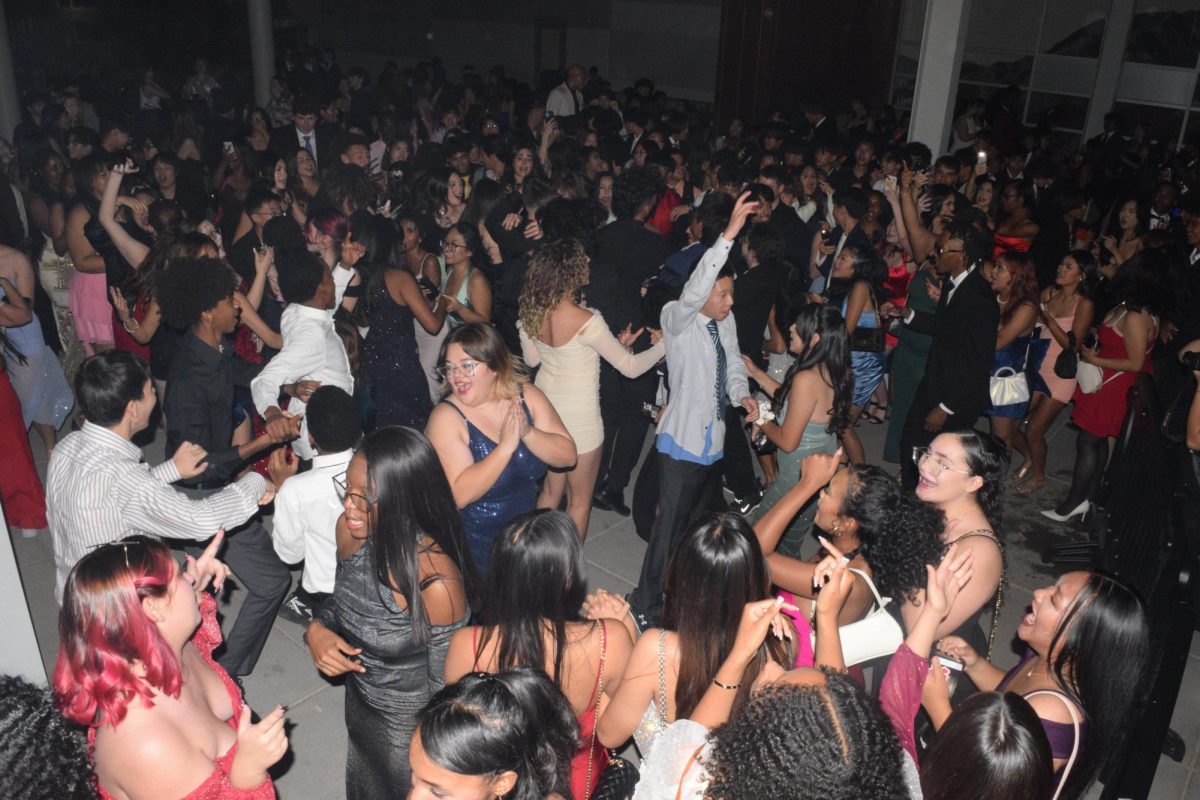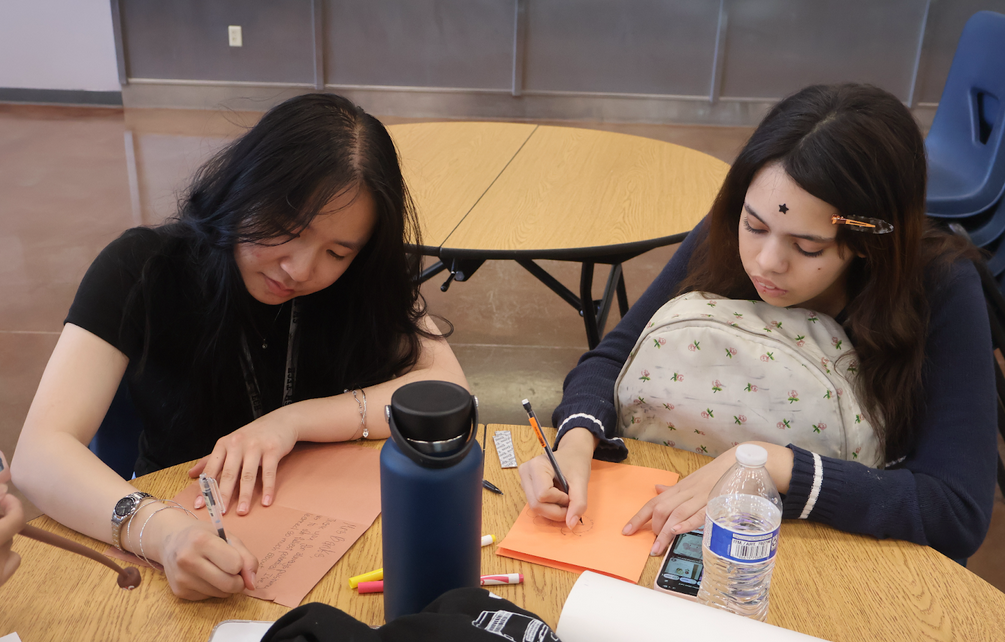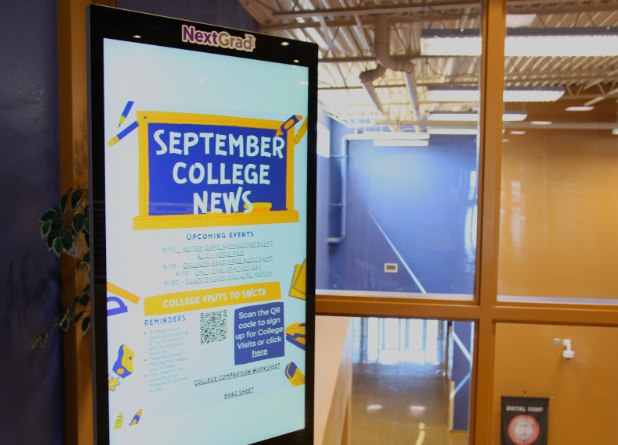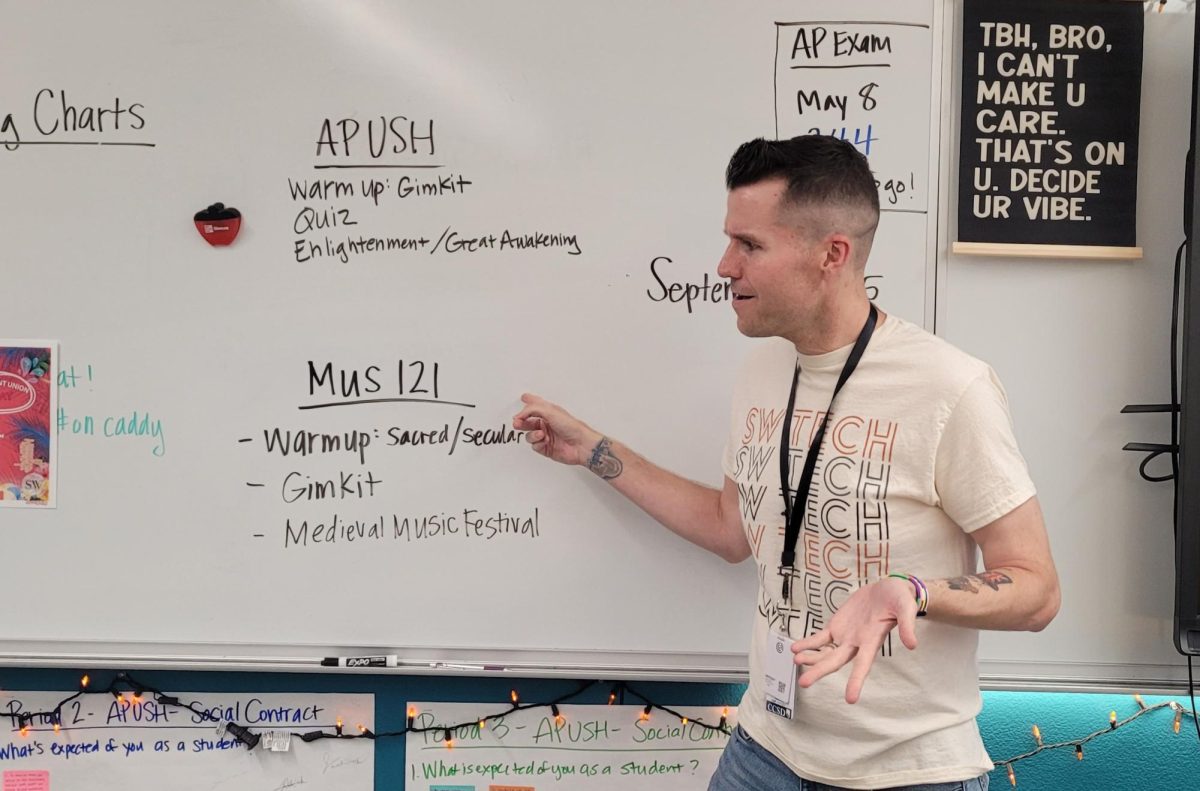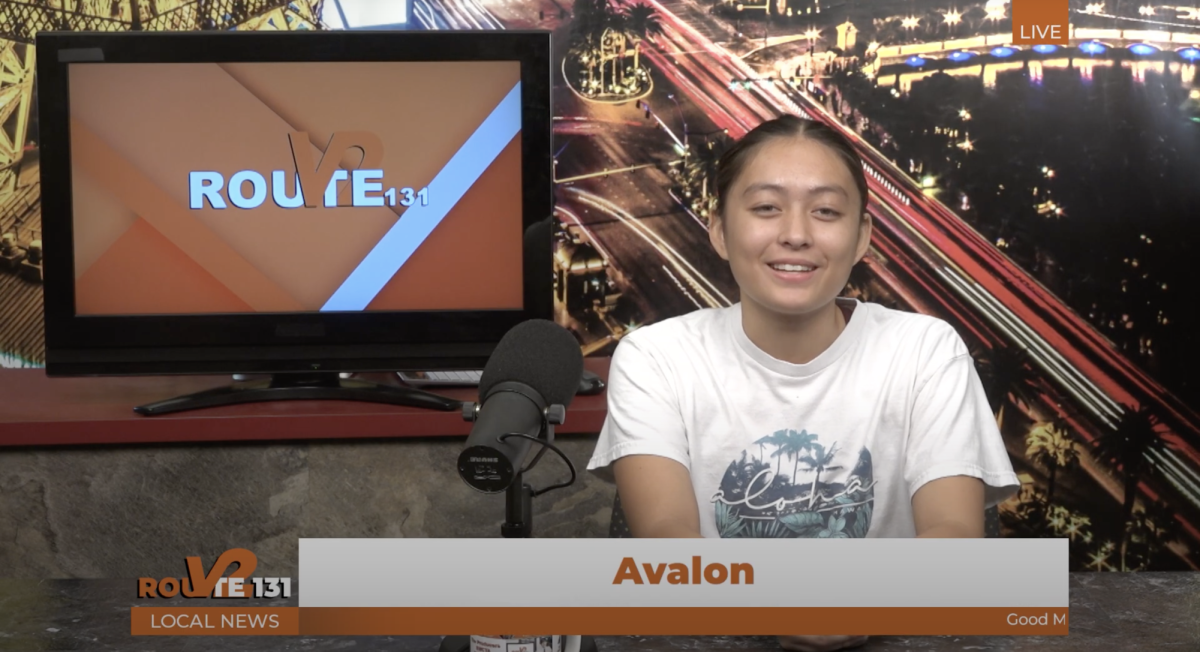The Seven Deadly Sins; pride, envy, lust, greed, gluttony, wrath and sloth. These have been have been the inspiration behind multiple games and fashion designs.
As this virtual semester comes to an end, Levi Harbeson’s Fashion II students must create their first collection of seven designs based on the Seven Deadly Sins or Heavily Virtues and historical fashion.
“The Fashion Construction project for semester one is a seven-piece collection inspired by two things – the decades we have been studying in our history unit and the Seven Deadly Sins,” Harbeson said. “The end result will be that students will have a collection that fuses high concepts (lust, greed, gluttony, etc) with specific fashion trends from the past.”
Students must draw a croquis, french for “quick sketch” or a nine-headed figure, with correct proportions, implement the elements of art and the principles of design as well as show full mastery in their watercolor techniques.
“Students have reacted really positively – I think many creative students get nervous about tests and quizzes, and this gives them a chance to use their hands to create something that shows what they learned, and do something that should be a little fun in comparison to traditional studying,” Harbeson said. “I think the biggest challenge students will face will be time-management, as creating a seven-piece fashion illustration collection is a time-consuming undertaking.”
Harbeson is grading based on skill sets with different color mediums and looking at the overall improvement in their designs from the beginning of the semester.
“In fashion especially I would prefer if we had this project where we could draw and create hands-on because in the long run it would benefit us more,” sophomore Mia Sibal said. “In this project we can physically show what we learned and what we need improving on. In a written test we would just be memorizing and studying the material we learned.”
Creating their own collection, students are able to implement their own theories, which is one of the most important steps to becoming a professional designer. Through this project students become more creative in their future work, but also get a small glimpse of the fashion industry.
“Understanding fashion trends of the past is important for any fashion designer, as the past often informs the future. When designers make “new” collections the trends that appear on the runway are often influenced or inspired by previous trends,” Harbeson said. “As the Fashion II students progress in the program, they will work towards developing their own styles and fashions, and be able to select elements from the past to incorporate. Additionally, if they are ever hired in a fashion studio, costume shop, or something similar, their understanding of designs of the past will make them far more useful as a team member.”

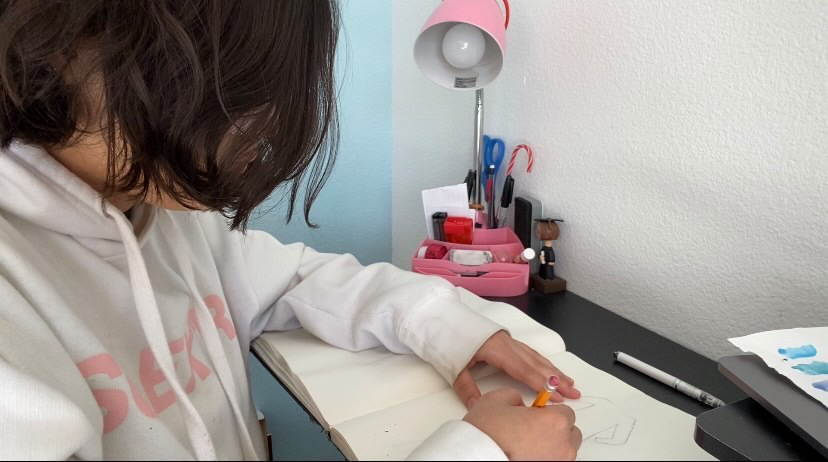

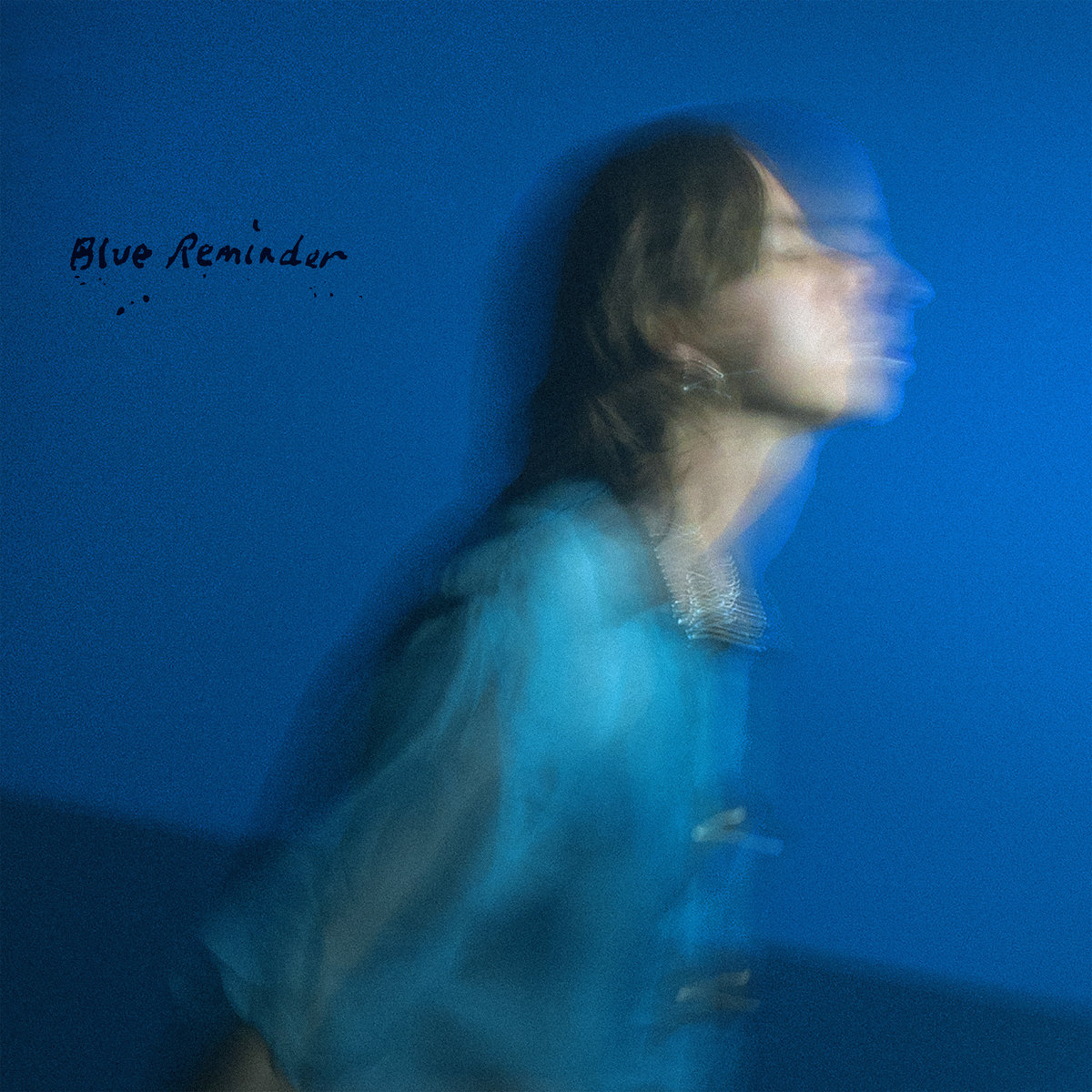

![Swaying and preparing to toss the tennis ball, Dylan Grove practices serving. Grove had been training in preparation for her upcoming matches against Chaparral and Doral Red Rock. “[Both teams are] both very tough opponents, but I am ready for whatever gets thrown my way,” Grove said.](https://southwestshadow.com/wp-content/uploads/2025/10/image-1200x900.png)
![Practicing the basic skills of nursing, sophomore Natalia Yancey gets her heartbeat checked with a stethoscope. Sophomore nursing students reviewed skills from freshman year. “I’ve always wanted to be in the medical field; it’s been my dream forever,” Yancey said. “Doing [practice skills] so early on is not only an amazing opportunity, but it helps me to prepare for my future.”](https://southwestshadow.com/wp-content/uploads/2025/10/IMG_9843-1200x800.jpg)
